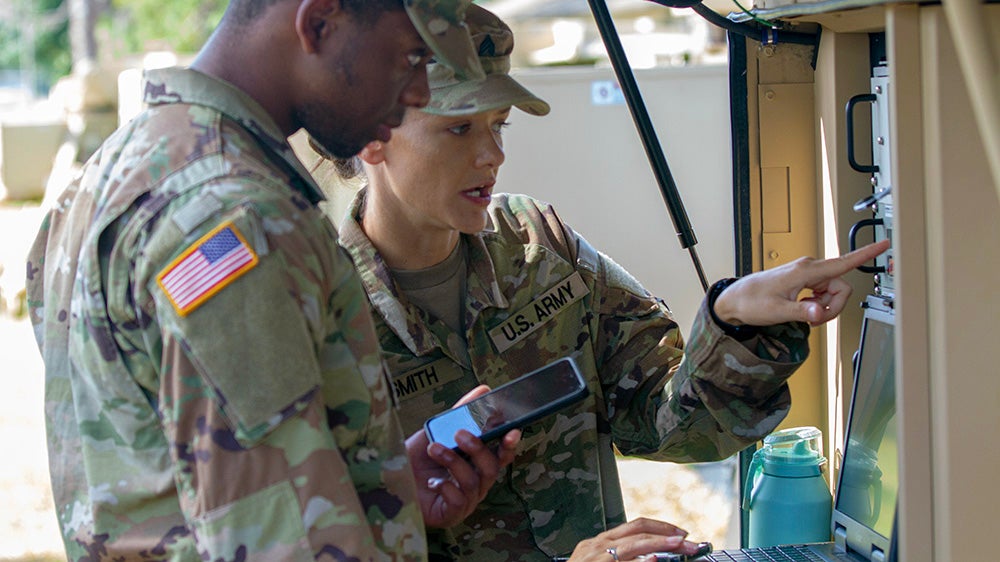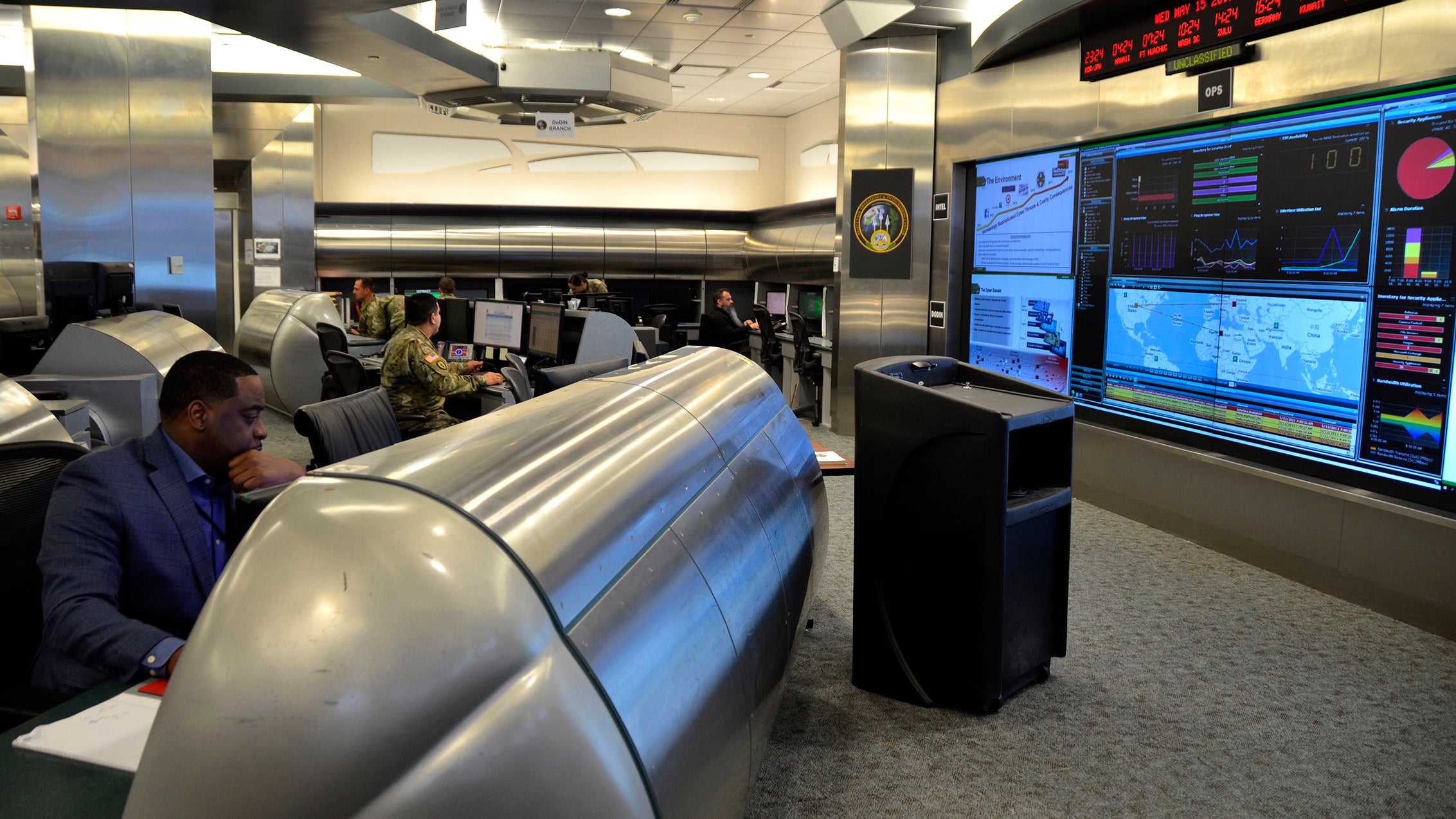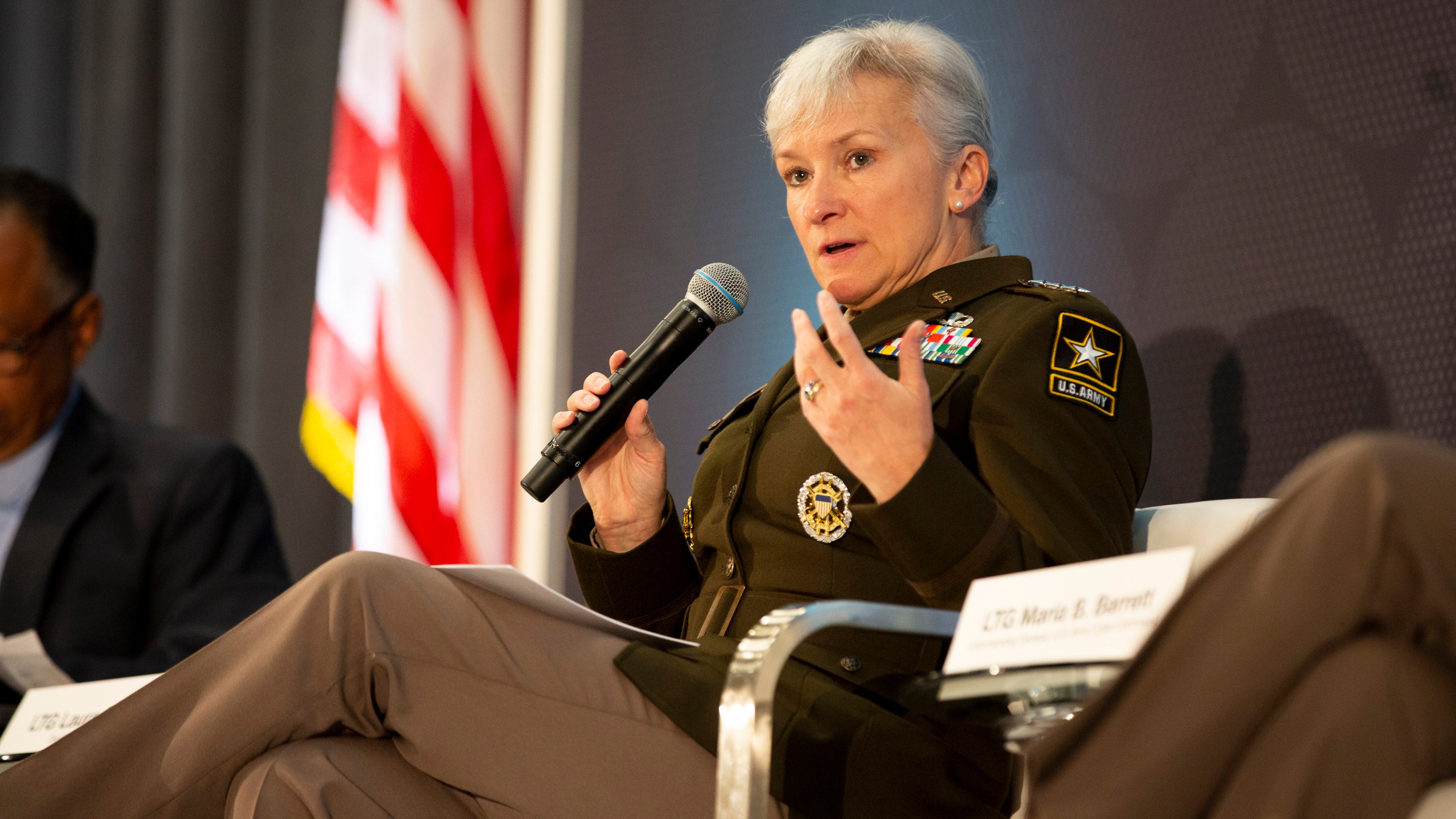AI Proves Powerful Legal Ally
Picture this: I’m an Army lawyer sitting in an airport lounge, fielding a challenging legal question from a concerned commander.
Picture this: I’m an Army lawyer sitting in an airport lounge, fielding a challenging legal question from a concerned commander.
Today’s U.S. Army is in the midst of its most significant modernization transformation in more than 40 years.

Irregular warfare is uncomfortable and unpredictable, and the Army’s special operations forces are learning, training and adapting for that fight on a future, multidomain battlefield, a panel of experts said.
In a changing world, the XVIII Airborne Corps has expanded its focus on Army culture to improve installations, including housing and other facilities, reduce distractions and let soldiers concentrate on readiness.
The Army Software Factory, a first-of-its-kind venture launched by the U.S.
World War I is often considered the first modern conflict; its combatants employed modern technology, including machine guns, armored v

The Army is reworking its sustainment doctrine and training soldiers in combat support and combat service support jobs to be “more datacentric” in preparation for large-scale combat, the Army’s top logistician said.
In remarks at a breakfast hosted by the Association of the U.S. Army as part of its Coffee Series, Lt. Gen. Charles Hamilton, deputy Army chief of staff for logistics, G-4, said the Russian invasion of Ukraine in February caused the Army sustainment sector to rethink its posture for large-scale combat and how soldiers are preparing to support the warfighter.
Nothing has transformed modern life like the microprocessor, and nothing has significantly shaped the modern global economy as the rise
The future is now, and the U.S. Army must move quickly or risk falling behind rapidly modernizing adversaries.

Army cyber forces must quickly and continually adapt to keep up with ever evolving threats, a panel of experts said Oct. 12 at the Association of the U.S. Army’s Annual Meeting and Exposition.
The Army constantly monitors and analyzes threats from China, which is America’s “pacing challenge,” and other adversaries including Russia, North Korea, Iran and terrorist organizations, said Lt. Gen. Laura Potter, deputy Army chief of staff for intelligence, G-2. “This really is a global problem,” she said.